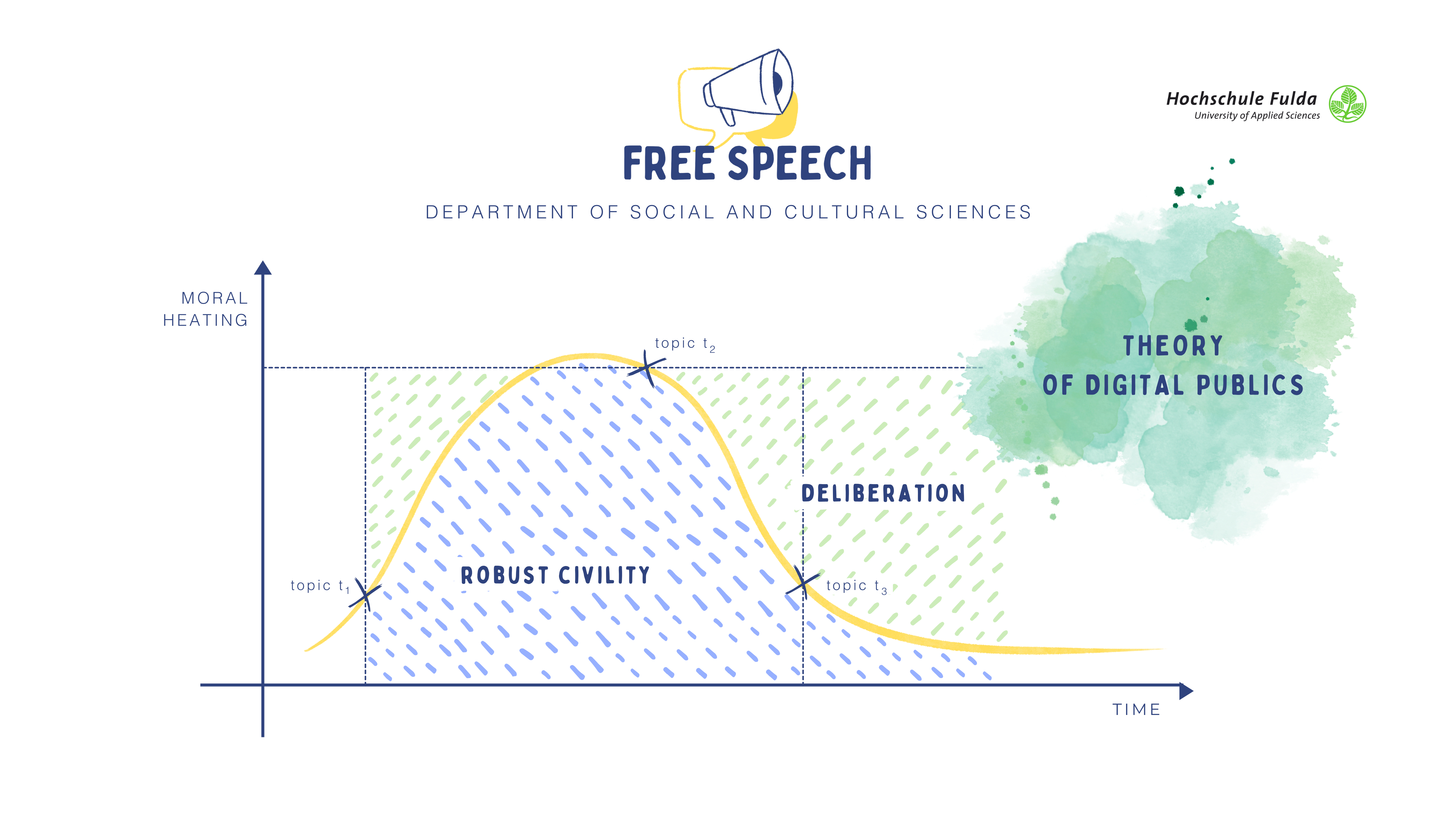Introduction
Imagine the digital world as a vibrant, bustling city. People from all corners of the globe gather here, sharing stories, ideas, and dreams. But just like any city, it has its dark alleys, where shadows lurk and danger looms. In this digital city, that danger is cyberbullying, and it’s like a storm cloud we can’t ignore—it’s the most pressing issue we face.
But why is this so urgent to discuss this topic now ? In our rapidly growing digital society, where the boundaries between the virtual and the tangible blur, we must recognize that cyberbullying is not a digital mirage but a very real, very urgent issue. It corrodes the fabric of our interconnected world, leaving a trail of pain and despair in its wake. It is high time we confront this digital demon head-on, for the sake of our collective well-being, for the future of our online community, and for the preservation of the human spirit in this brave new world of ones and zeros.
So in this project, I endeavor to empower individuals to counteract this digital menace, to restore the balance that ‚Ctrl+Alt+Delete‘ represents in the world of computers, and to delete cyberbullying from our online spaces.“
What is Cyberbullying?
Cyberbullying is like a relentless ‚Ctrl+Alt+Delete‘ on a person’s digital life. It’s the misuse of the tools that should be connecting us—social media, instant messaging, and email—to instead harass, threaten, and intimidate individuals. Unlike traditional bullying that might occur in physical spaces, cyberbullying unfolds in the intangible realm of the virtual world, where escaping its grip can be as elusive as hitting the ‚Delete‘ key on a keyboard.
In this digital age, it takes on various forms, akin to the multiple functions of the Ctrl+Alt+Delete command. It can be a barrage of hurtful text messages, much like repeatedly pressing ‚Ctrl‘ to gain control. It can manifest as disturbing images, akin to the ‚Alt‘ key’s alternative views. Videos and online rumors add layers to the torment, just as the ‚Delete‘ button wipes away data, or in this case, a person’s peace of mind.
Types and Forms of Cyberbullying
- Harassment: Cyberbullying often begins with harassment. This can include sending threatening or hurtful messages, consistently posting derogatory comments, or spreading false rumors about the victim online. Harassment seeks to emotionally torment and destabilize the victim.
- Trolling: Trolls deliberately provoke and provoke reactions from others online. They may engage in inflammatory, offensive, or controversial discussions to incite anger or distress in their targets. The goal is to disrupt online conversations and create chaos.
- Doxxing: Doxxing is a dangerous form of cyberbullying where an individual’s personal and private information, such as their home address, phone number, or workplace, is revealed and spread online. This can expose victims to physical harm or other forms of harassment.
- Outing and Shaming: In this form of cyberbullying, individuals expose private or embarrassing information about someone without their consent. This can include sharing personal photos, videos, or confidential messages to humiliate or shame the victim.
- Cyberstalking: Cyberstalkers obsessively pursue and harass their victims online, often with the intent to intimidate, threaten, or frighten them. This can involve monitoring the victim’s online activities, creating fake profiles to impersonate the victim, or sending persistent, unwanted messages.
Which Social Media Platforms have the Highest Percentage of Cyberbullying?
According to a study done in 2022 by the Pew Research Center, 46% of teens report experiencing some form of online harassment or bullying. Among social media companies, the platforms with the highest prevalence of cyberbullying include:
- Facebook (75%)
- Instagram (24%)
- Twitter (24%)
- Snapchat (15%)
- TikTok (9%)
Impact of Cyberbullying: The Hidden Scars of the Digital Age
Cyberbullying, the dangerous underground evil of the digital age, leaves victims with profound and lasting consequences that are often hidden from view. Within the seemingly innocuous confines of the virtual world, a complex web of emotional and psychological trauma, academic and social upheaval, declining physical health, and even ghosts exists. Suffering from self-harm and suicide emerges.
1. Emotional and Psychological Trauma
In this digital world the words has become weapons, and the wounds they cause can be fatal. Cyberbullying consistently weakens the emotional fortitude of its victims, causing anxiety, melancholy, and pervasive feelings of helplessness. The victim is constantly in a condition of anxiety, embarrassment, and stress as a result of a nonstop barrage of nasty messages and disparaging remarks, which is comparable to a constant storm. These virtual assaults leave behind severe emotional wounds that frequently endure a lifetime.

2. Physical Health
The physical health effects of the digital agony brought on by cyberbullies are evident. Chronic headaches, difficulties sleeping, and a variety of other physical illnesses can result from the constant stress it causes. The unseen pains of the virtual world infiltrate into the physical reality of the victims, generating apparent anguish and distress. This places them in a vicious circle and in extreme cases leads them to sucide and harming themselves phycially.

3. Academic and Social Consequences
The consequences of cyberbullying extend far beyond screens and affect the academic and social spheres. The increased stress and anxiety that victims experience can destroy their desire to learn, disrupting their ability to focus and succeed in school. The foundation of social interaction crumbles when victims are surrounded by virtual assault, withdrawing from friends and favorite social activities. The resulting isolation is a clear demonstration of the profound impact of online bullying on a person’s sense of belonging.
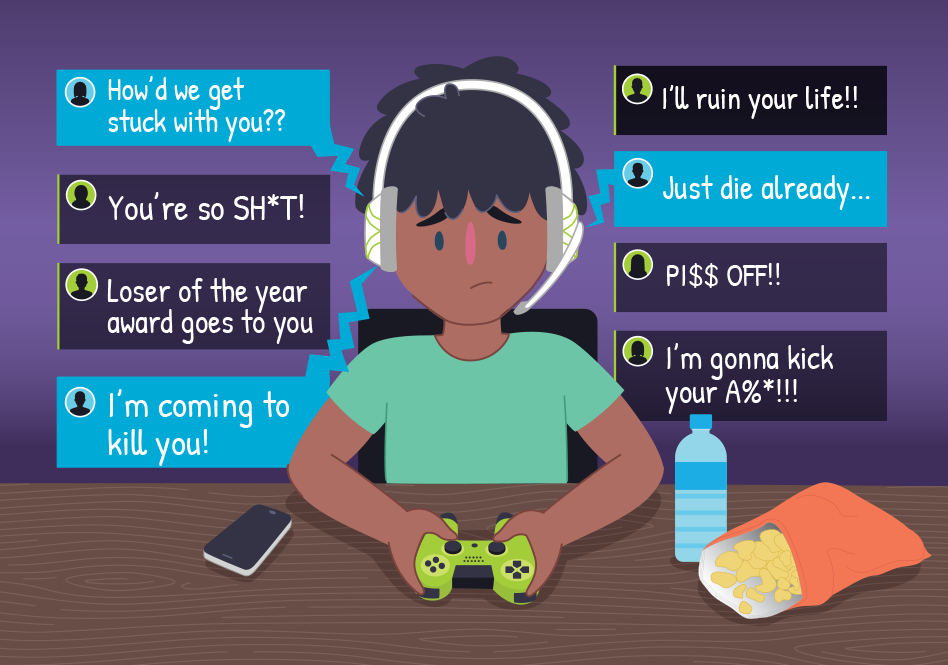
Famous Cases of Cyberbullying
- Amanda Todd’s Tragic Story (2012) – Amanda Todd, a Canadian teenager, became a victim of cyberbullying when she was blackmailed into exposing herself online. The perpetrator took a screenshot of the explicit image and used it to torment Amanda repeatedly. The image circulated on various social media platforms, leading to relentless harassment and humiliation. She experienced severe emotional distress, depression, and anxiety as a result of the cyberbullying. Tragically, she took her own life in 2012, underscoring the devastating consequences of online harassment.
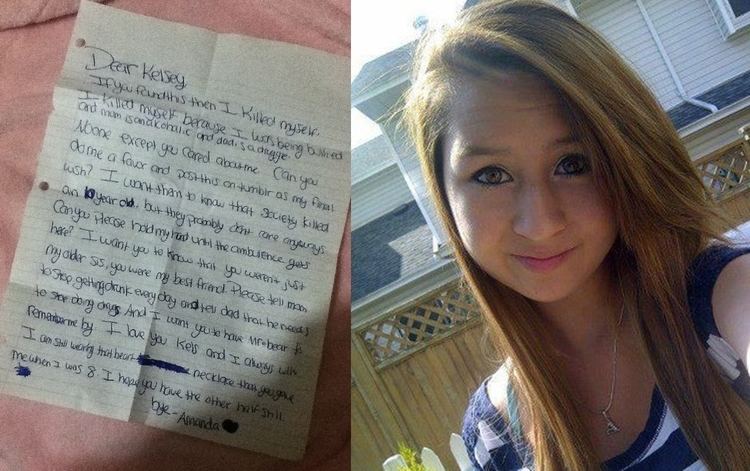
- Gamergate Controversy (2014) – Gamergate, which began in 2014, involved widespread online harassment and threats against women in the gaming industry. Female game developers and journalists were targeted with misogynistic abuse, doxxing (revealing personal information), and threats of violence. One of the prominent targets was game developer Zoe Quinn.The Gamergate controversy exposed the toxic underbelly of the gaming community and the severe consequences of online harassment. It led to discussions about misogyny and sexism in the industry.
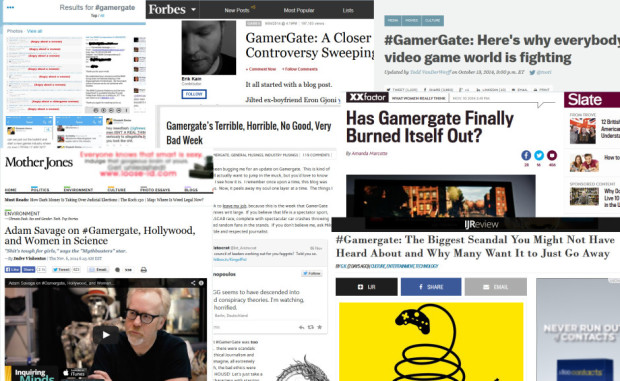
- Megan Meier (2006) – In 2006, Megan Meier, a 13-year-old from Missouri, was a victim of a cruel online hoax. She believed she was chatting with a teenage boy on MySpace, but it turned out to be a fake account created by an adult neighbor and her daughter. The false relationship took a tragic turn when hurtful messages pushed Megan to the brink. Megan Meier took her own life as a result of the emotional distress caused by the cyberbullying.
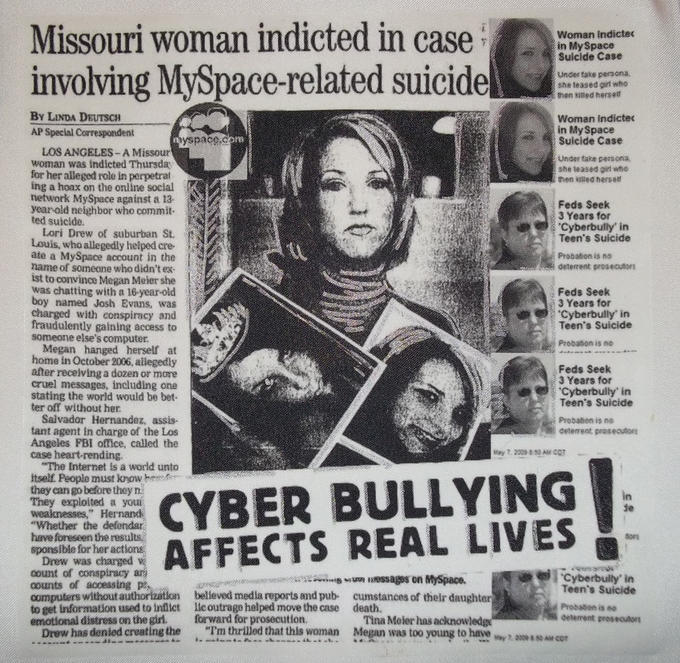
- Tyler Clementi’s Tragic Suicide (2010) – In 2010, Tyler Clementi, a college student in the United States, fell victim to cyberbullying when his roommate secretly recorded and live-streamed Clementi’s intimate encounter with another man. The video was shared on social media, and Clementi faced immense humiliation and distress.The relentless cyberbullying had a profound emotional impact on Tyler Clementi, leading him to take his own life by jumping off the George Washington Bridge.
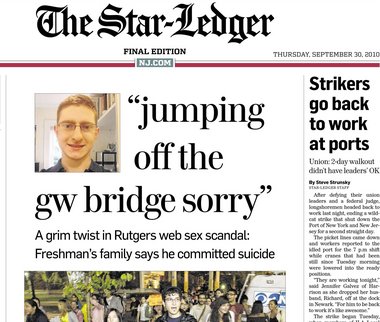
Education and Awareness – By implementing comprehensive anti-cyberbullying programs in schools, such as the Olweus Bullying Prevention Program, educating students, teachers, and parents about the signs of cyberbullying, its consequences, and prevention strategies. And also through conducting workshops and seminars in the community to raise awareness about cyberbullying, involving local law enforcement, educators, and mental health professionals.
Strategies for preventing cyberbullying.
- Digital Literacy – By promoting digital literacy by educating individuals on online safety, privacy settings, and how to protect personal information. And also teaching critical thinking skills to younger generation which help individuals discern between trustworthy and untrustworthy online content.
- Create Safe Online Spaces – Social media platforms can implement strict anti-harassment policies and tools to report and block cyberbullies. The educational institue can provide easy to use and safe online reporting platform so that individual voice can be heard directly without any issues .
- Parental Control and Monitoring – In today’s digital world it’s need of the hour that not only younger generation but also theie parents take steps ahead to prevent their child from being cyberbullied. Now days many softwares are available to restrict age inappropriate content in their child mobile phone.
- Legal Consequences – The government must enforce and strengthen laws related to cyberbullying, making sure that cyberbullies face appropriate legal consequences for their actions. And government should make policies to familarze people with legal framework about cyberbullying, as in most cases it’s noticed that individuals are not familiar with law and legal acts related to cyber crime, as the result they are far from getting justice.
- Mental Health Support – As cyberbullying takes most toll on the mental health. Society and government should ensure that victims of cyberbullying have access to counseling and mental health support services, either through schools or community resources and teach coping strategies and resilience-building techniques to help victims recover from the emotional impact of cyberbullying.
- Curriculum Integration – The government should integrate cyberbullying prevention into the school curriculum, making it a part of students‘ ongoing education will help the upcoming generation to build resilience against cyberbullying.
Cyberbullying Help Centres/Organizations
- National Suicide Prevention Lifeline, this lifeline provides confidential support for individuals experiencing emotional distress, including those affected by cyberbullying.
- Stomp Out Bullying is a non-profit organization dedicated to reducing bullying in schools and communities. They provide resources, support, and advocacy for those affected by bullying. Their mission is to create a safe and respectful environment for all.
- The Cyberbullying Research Center is a non-profit organization dedicated to providing information, resources, and support for individuals affected by cyberbullying. The center offers a wealth of information on the topic, including articles, videos, and a hotline for support. They also provide training and resources for parents, educators, and other professionals to help them address cyberbullying in their communities.
- ConnectSafely is a Silicon Valley, Calif.-based nonprofit organization dedicated to educating people about online safety, privacy, security and digital wellness.ConnectSafely’s job is to help users get the most from their technology while managing the risks and help decision-makers craft sensible policies that encourage both innovation and responsible use.
- Childnet International is a non-profit organisation working in the area of child online safety. Childnet’s mission is to work in partnership with others around the world to help make the Internet a great and safe place for children.
- Anonymous Alerts is a reporting system enables students to anonymously report bullying, behavioral, and/or campus safety concerns using our mobile or Web-based apps, 24/7. The Anonymous Alerts reporting mobile app for students is simple and intuitive for any student to use.
- The Trevor Project is a non-profit organization that provides crisis intervention and suicide prevention services to LGBTQ+ youth. It offers a 24/7 hotline, text line, and online chat, as well as educational resources and advocacy.
Laws and regulations against cyberbullying
- Children’s Online Privacy Protection Act (COPPA) – COPPA is primarily focused on protecting children’s online privacy but indirectly addresses cyberbullying by regulating how websites and online services collect and use personal information from children under 13. It requires parental consent for such data collection.
- Terms of Service (TOS) – Different social media and online platforms often have their own terms of service that prohibit cyberbullying and harassment. Users can report incidents that violate these terms, leading to actions such as content removal or account suspension.
- State Criminal Laws – : In different countries and their states have different beyond cyberbullying-specific laws, individuals engaging in severe forms of online harassment, stalking, or threats can be subject to state criminal laws related to harassment, threats, or stalking. Such laws can be applied to cyberbullying cases.
These are few of them examples of law and regulations against cyberbullying because as mentioned different country has different law and regulations. In order to get familiar with your state law, please go through their official websites.
Online Safety Tips Against Cyberbullying

In this digital world where it’s really hard to know the face behind the words. Laws and regulations are not enough to prevent cyberbullying completely. Individuals needs to be „SMART“ to avoid and make others aware about cyberbullying. Here are few online safety tips against cyberbullying.
- Use Strong, Unique Passwords – The users should create strong, unique passwords for each online account to prevent unauthorized access. One must use a mix of uppercase and lowercase letters, numbers, and symbols. And consider using a reputable password manager to generate and store passwords securely.
- Enable Two-Factor Authentication (2FA) – Users should enable 2FA whenever possible. This adds an extra layer of security by requiring a second verification step, such as a one-time code sent to your phone.
- Be Cautious with Personal Information – A common but very important tip that , individuals should avoid sharing sensitive personal information, such as your full name, address, phone number, or financial details, on public forums or social media.
- Recognize Phishing Attempts – Phishing, has been one of the common techniques used by hackers to get user’s information and later bully them and demand money. Indviduals should be aware of unsolicited emails or messages asking for personal information or directing you to click on suspicious links. One should always verify the sender’s identity, look for grammatical errors, and avoid clicking on suspicious links.
- Use Secure Wi-Fi Networks – People should avoid using public Wi-Fi for sensitive transactions. Rather use secure, password-protected networks whenever possible. Or use a virtual private network (VPN) for added security when accessing public Wi-Fi.
- Educate Yourself about Scams – In today’s world every day a new scam emerges so it’s very important to educate yourself and stay informed about new scams online scams, such as lottery fraud, romance scams, and tech support scams.
- Teach Children Online Safety – In the digital world full of strangers and dark sides, it’s the need of the hour to educate children about online safety, including the risks of sharing personal information and interacting with strangers online.
Success stories who came over Cyberbullying : Triumph over dark shadows
Success stories and testimonials can be powerful sources of inspiration for those dealing with cyberbullying, as they show that it is possible to overcome these challenges.
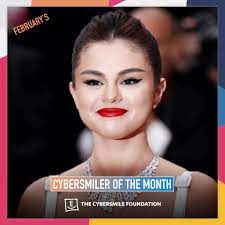
Throughout her career, Gomez has been repeatedly targeted. As the ex-girlfriend of pop idol Justin Bieber, she received harsh responses online during and after their relationship. Gomez, who has lupus, has also come under attack in recent years after photos showing her slight weight gain were published. Instead of taking those criticisms to heart, Gomez noted that while cyberbullying hurt her, she realized that the best way to get out of her emotions was to focus on her passion: music. Since then, she has scored another number one hit with Lose You to Love Me.

Often hailed as one of the most remarkable singers of her generation, British singer Adele has long been the target of bullying in the media and online due to her weight. Her stance is usually not a response to such nasty attacks – after all, her success speaks for itself and she doesn’t need to defend her body against hateful comments enemy desire.

Swift has to cope with the strong opinions of both fans and haters. This has been especially true since her recent decision to adopt a strong political stance for the first time in her career, as depicted in her 2020 documentary Miss Americana. Rather than let negativity gets her down, she continues to focus on her career as a well-respected and talented musician, channeling tough feelings into her songs and compositions.

Just minutes after British Olympic swimmer Tom Daley completed a 10mm synchronized dive in 2012, his failure to win a medal sparked outrage online. Twitter trolls vigorously mocked the athlete’s achievements, even going as far as mocking his father, who recently passed away. As an LGBTQ athlete, Daley is particularly vulnerable to harassment and his gender has been repeatedly targeted for harassment and trolling.
Sources
Hinduja, S., & Patchin, J. W. (2010). Bullying, cyberbullying, and suicide. Archives of Suicide Research,
https://www.tandfonline.com/doi/abs/10.1080/13811118.2010.494133?journalCode=usui0
Kowalski, R. M., Giumetti, G. W., Schroeder, A. N., & Lattanner, M. R. (2014). Bullying in the digital age: A critical review and meta-analysis of cyberbullying research among youth. Psychological Bulletin,
https://psycnet.apa.org/record/2014-04307-001
Ditch the Label. (2021). The Annual Bullying Survey 2021.
https://my.chartered.college/wp-content/uploads/2021/10/DOC-33-The-Annual-Bullying-Survey.pdf
Hardaker, C. (2010). Trolling in asynchronous computer-mediated communication: From user discussions to academic definitions. Journal of Politeness Research
https://my.chartered.college/wp-content/uploads/2021/10/DOC-33-The-Annual-Bullying-Survey.pdf
Citron, D. K., & Franks, M. A. (2014). Criminalizing Revenge Porn. Wake Forest Law Review
https://repository.law.miami.edu/cgi/viewcontent.cgi?article=1059&context=fac_articles
Patchin, J. W., & Hinduja, S. (2016). Social influences on cyberbullying behaviors among middle and high school students. Journal of Youth and Adolescence
https://pubmed.ncbi.nlm.nih.gov/23296318/
Amanda Todd’s Tragic Story
https://www.newyorker.com/culture/culture-desk/the-story-of-amanda-todd
Gamergate Controversy
Megan Meier
https://abcnews.go.com/GMA/story?id=3882520&page=1
Tyler Clementi’s Tragic Suicide (2010)
https://www.newyorker.com/magazine/2012/02/06/the-story-of-a-suicide
Resources for battle against Cyberbullying : The Dark Side
National Suicide Prevention Lifeline
The Cyberbullying Research Center
Children’s Online Privacy Protection Act (COPPA)
https://www.ftc.gov/legal-library/browse/rules/childrens-online-privacy-protection-rule-coppa
Online Safety Tips Against Cyberbullying
https://consumer.ftc.gov/articles/password-checklist
https://docs.staysafeapp.com/en/articles/4889451-how-to-set-up-two-factor-authentication
https://consumer.ftc.gov/articles/what-know-about-identity-theft
https://consumer.ftc.gov/articles/how-recognize-and-avoid-phishing-scams
https://consumer.ftc.gov/articles/are-public-wi-fi-networks-safe-what-you-need-know
https://consumer.ftc.gov/articles/are-public-wi-fi-networks-safe-what-you-need-know
https://consumer.ftc.gov/scams
https://staysafeonline.org/online-safety-privacy-basics/talking-to-kids-teens/
MCKENZIE, JOI-MARIE, March 2017, Selena Gomez explains how online bullying affects her, ‚They want to cut to your soul’
Wickman Kase, 2023. Taylor Swift Is Begging You to Stop Cyberbullying John Mayer
https://www.vanityfair.com/style/2023/06/taylor-swift-dear-john-cyberbullying-john-mayer
Sharman, Laura, Tom Daley opens up about vile homophobic abuse
https://www.standard.co.uk/news/uk/tom-daley-homophobic-abuse-b960598.html
